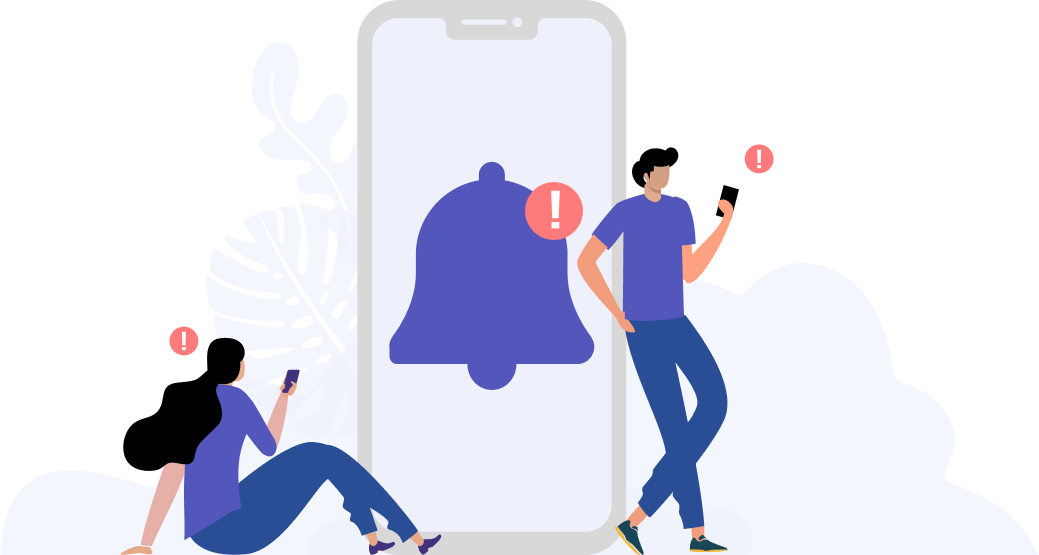How Excessive Screen Time Ruins Your Child’s Vision

If you are a working parent, you may have come across this term – Digital Eye Strain (DES). You may think that this phenomenon merely occurs to young adults and older age groups. Unfortunately, no one is spared from DES, not even your child. With children spending a significant amount of time on devices nowadays, it should be no surprise if they experience DES.
The Proof.
In the screen and our eyes report by plano, it is reported that 97% of children aged 4 years or younger regularly use smart devices and almost three quarters of children in the same age group have their own devices. Preschoolers and primary school children have been found to spend even more time on devices, with an average of three and five hours of use per day, respectively.

The increase in device use places children at a greater risk at developing myopia/nearsightedness or DES.
How do you know if your child suffers from DES?
The common signs and symptoms of DES include posture problems, headache, dry eyes, irritation, redness and blurred vision. These signs are enough to schedule an eye examination for your child.
If you are a plano user, you can book an appointment for an eye examination.
What other steps can you take to prevent DES in your child?
In addition to scheduling an eye examination, these are other useful habits you can encourage your child to cultivate.
1. Frequent eye breaks

The American Optometric Association recommends taking a 15 minute break after 2 hours of device use. Following the 20-20-20 strategy (looking at objects 20 feet away for 20 seconds after 20 minutes of screen time) has also been shown to be an effective strategy for preventing Computer Vision Syndrome (CVS). But constantly reminding your child every 20 minutes to take an eye break can be taxing. Investing in parental management apps can help – plano parental control app prompts your child to take eye breaks in between his/her screen time to rest their eyes.
2. Outdoor activities
It is recommended that children spend 2 to 3 hours outdoors per day to maintain good eye health. This may also reduce their risk of developing myopia.
3. Face to screen distance
A closer face-to-screen distance puts more strain on the eye’s focusing abilities and leads to greater exposure to blue light and glare to the eyes, thereby potentially causing eye fatigue and worsening DES symptoms. The face-to-screen detection feature in the plano app advises your children to hold their smart devices at least 30cm from the face, and maintain at least 60cm of distance between their faces and computer screens.
Tools Designed for Healthier Eyes
Explore our specifically designed products and services backed by eye health professionals to help keep your children safe online and their eyes healthy.





